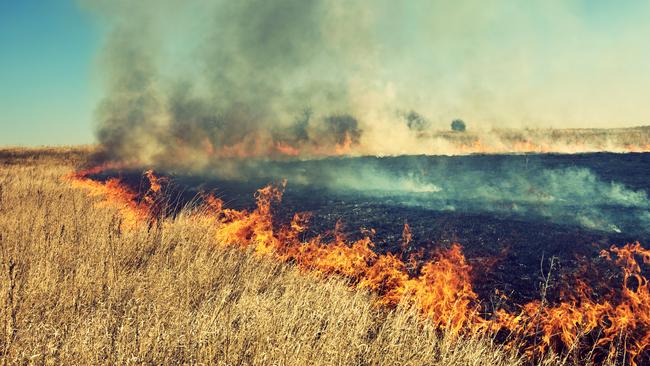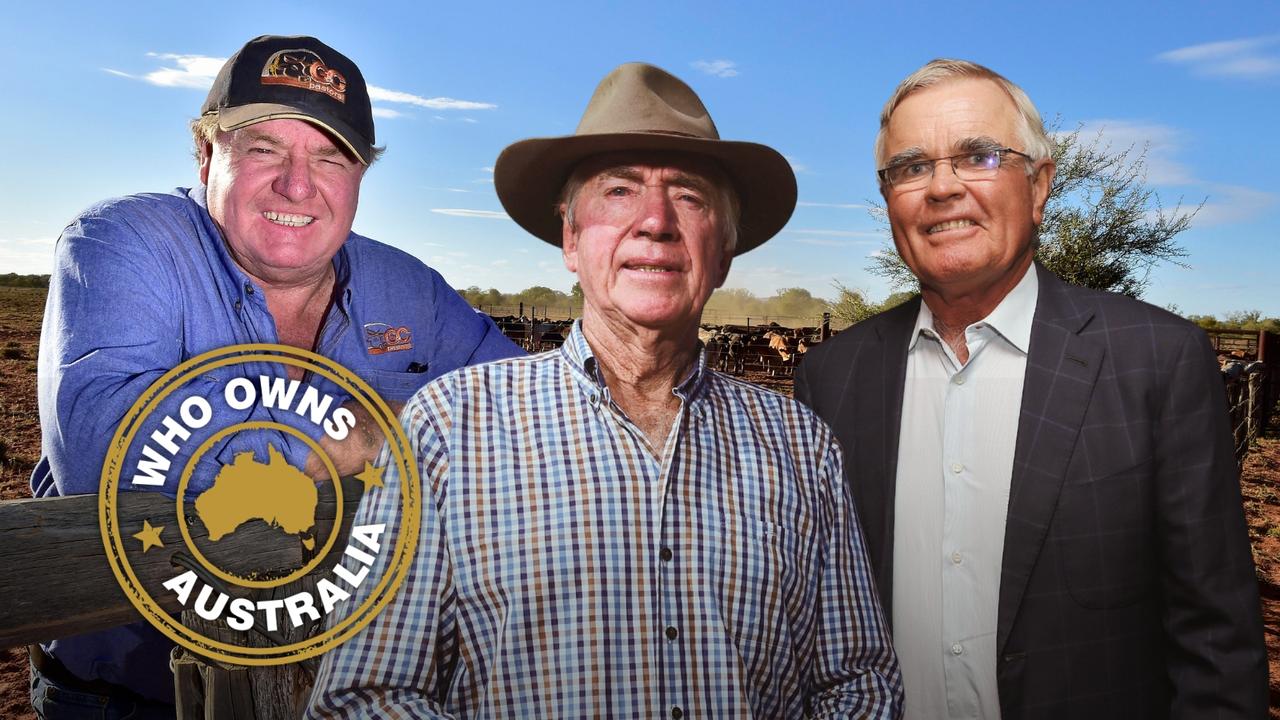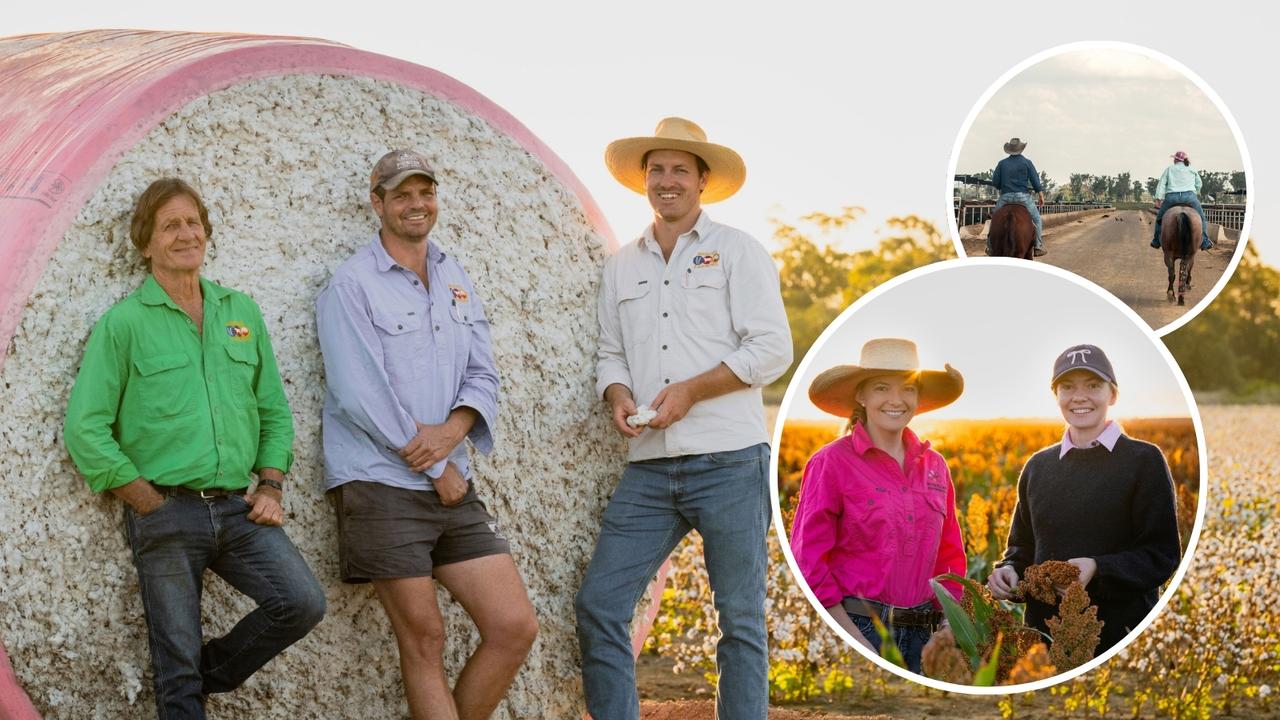Time to take stock of the bushfires’ toll on agriculture
The recent fires are a sign of the new normal for Australian farming.

MORE than 18 million hectares burnt. One billion native animals dead. Over 80,000 livestock perished. Almost 3000 homes destroyed. Thirty-four people dead. That’s the devastating toll from this season’s bushfires. And Australia’s fire season is still not over.
There have been fires before, it’s tempting to argue. Part and parcel of life on the land, some say; another risk to be managed. But the scale of the 2019-20 fires has the feeling of something altogether different. The scars on the landscape extend well beyond the physical – and, as is often the case, farmers find themselves on the frontline.
“This is the new normal,” National Farmers’ Federation president Fiona Simson says. “And we have to be agile enough to look at how we operate, not just our farms but land management throughout the community.”
As the clean-up continues, the quantifiable consequences for agriculture are becoming clearer. To date, 81,271 livestock have died across NSW, Victoria and South Australia. That includes 58,562 sheep in SA alone – the majority of which perished in the Kangaroo Island blaze – and more than 13,500 animals in NSW.
The hit to beef cattle is far less, with 3781 in Victoria and 1975 in SA (NSW has not provided figures), but that comes on top of the hundreds of thousands lost in 2019’s North Queensland floods.
But at a fraction of the national herd – 25 million cattle and 66 million sheep – and with global demand for Aussie beef still high, any effect on market prices due to the fires should be minimal in the short term.
“While the fires have been extremely devastating for the producers directly affected, the overriding factor influencing and driving Australia’s cattle market and prices continues to be the extreme drought,” Meat and Livestock Australia’s market intelligence manager Scott Tolmie says. “Any event of significant rainfall will have an immediate impact – something we have seen in recent weeks.”
Even then, fire-affected farmers will have to be patient as their burnt land is renewed and rehabilitated. More than 900,000 hectares of pasture needs time to recover, a process that will take at least the next year.
In the meantime, everyone is looking for answers, with state and federal inquiries. In sharp focus will be the role of hazard reduction, and climate change.
“Climate change is real and human caused – so given that, given the huge fuel loads across the country, then the need for fuel reduction becomes even greater,” says University of Melbourne senior fellow and bushfire ecology expert Peter Attiwill. “We have a choice – we can reduce the amount of fuels so we have a better chance of controlling fires, or we let mega-fires rip.”
In Victoria, annual burn targets of 385,000 hectares recommended almost a decade ago in the Black Saturday Royal Commission have never been hit, while native vegetation laws and a lack of burns have been blamed for exacerbating the fires in NSW and Queensland.
Going back to proper fuel reduction will cost money. But, Attiwill asks, if governments can spend billions in recovery, why not spend that reducing the risk to begin with? “It’s going to be difficult to do the burns necessary but we have to spend the money and do the planning to get back there,” he says.
Fiona Simson argues these fires showed the huge difference in land-management practices for public and private land: consider how many landholders act quickly on their properties, compared with the bureaucracy of tackling blazes on Crown land. That could be the difference between the 0.5 per cent of grazing land burnt, and the millions of hectares in national forests that went up in smoke.
“We’ve got plenty of examples of landowners who’ve been able to properly manage what they regarded as hazardous fuel loads,” she says. “If this is any indication of what fire will be like in the future – if they are the intensity we had, the heat we had, then obviously we need to do things differently (on public land), because what we’ve done hasn’t worked.”
According to the science, those conditions are exactly what we can expect, meaning the role of climate change can’t be overlooked in the future of farming either.
And for agriculture, it’s not just about increased fire risk, MLA predicts. The changing climate could see farmers protecting their livestock from a new host of pests and diseases; less rain means a bigger risk of land degradation, and more competition for natural resources such as water; varying temperatures could see international competitors suddenly with the right conditions to become a threat in commodities Australia once dominated.
Farmers for Climate Action chair Lucinda Corrigan believes the fires will be a wake-up call.
“The longer we leave it, the more risk increases,” she says. “If you look at large versus small farms, it will play into decreasing the number of small farms, and lots of social factors as well.
“The sooner we act, the sooner the regions will have more diverse options for what happens.”
Fiona Simson argues Aussie farmers are already leading on climate change. Most industries are enacting sustainability plans, such as Meat and Livestock Australia’s goal of a carbon neutral red meat industry by 2030.
That focus on sustainable farming will continue to grow, such as regenerative agriculture and no-till cropping; likewise, Simson anticipates farmers will have to take on some of the risk themselves through insurance products.
One thing that will not be tolerated, she warns, is further pressure on ag to reduce its emissions. “Ag has done a lot of the emissions heavy lifting for Kyoto and farmers feel that very keenly,” Simson says.
Agriculture Minister David Littleproud is cautious when talking about the impact of the recent bushfires. “We have to be careful not to perpetrate our own misery,” he says. “There’s a big future in ag … we should be damn proud of it and talking about the opportunities, or we’ll talk the next generation out of coming home.”
Yes, there have been fires before, and will be again. But what the next ones look like is still to be written.
MORE AGJOURNAL


